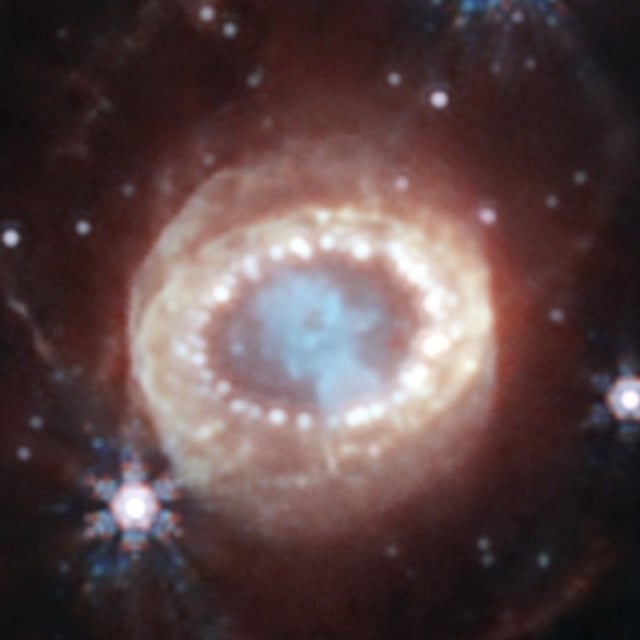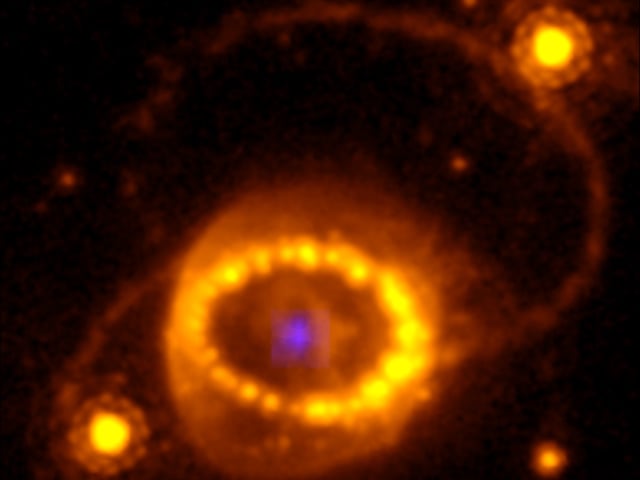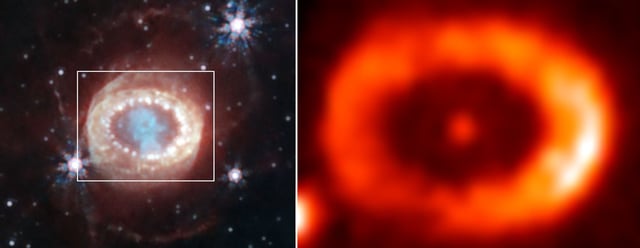Overview
- The James Webb Space Telescope detected strong evidence of a neutron star in the remnants of Supernova 1987A, a stellar explosion observed nearly 40 years ago.
- This discovery provides direct evidence of a neutron star's formation, a phenomenon that had never been observed before.
- Researchers found evidence of heavily ionized argon in the center of the exploded material, indicating the presence of a neutron star.
- The discovery helps scientists understand the early stages of neutron star formation and the dispersal of elements essential for life across the universe.
- The findings were published in the journal Science, marking a significant milestone in the study of supernovae and their aftermath.


